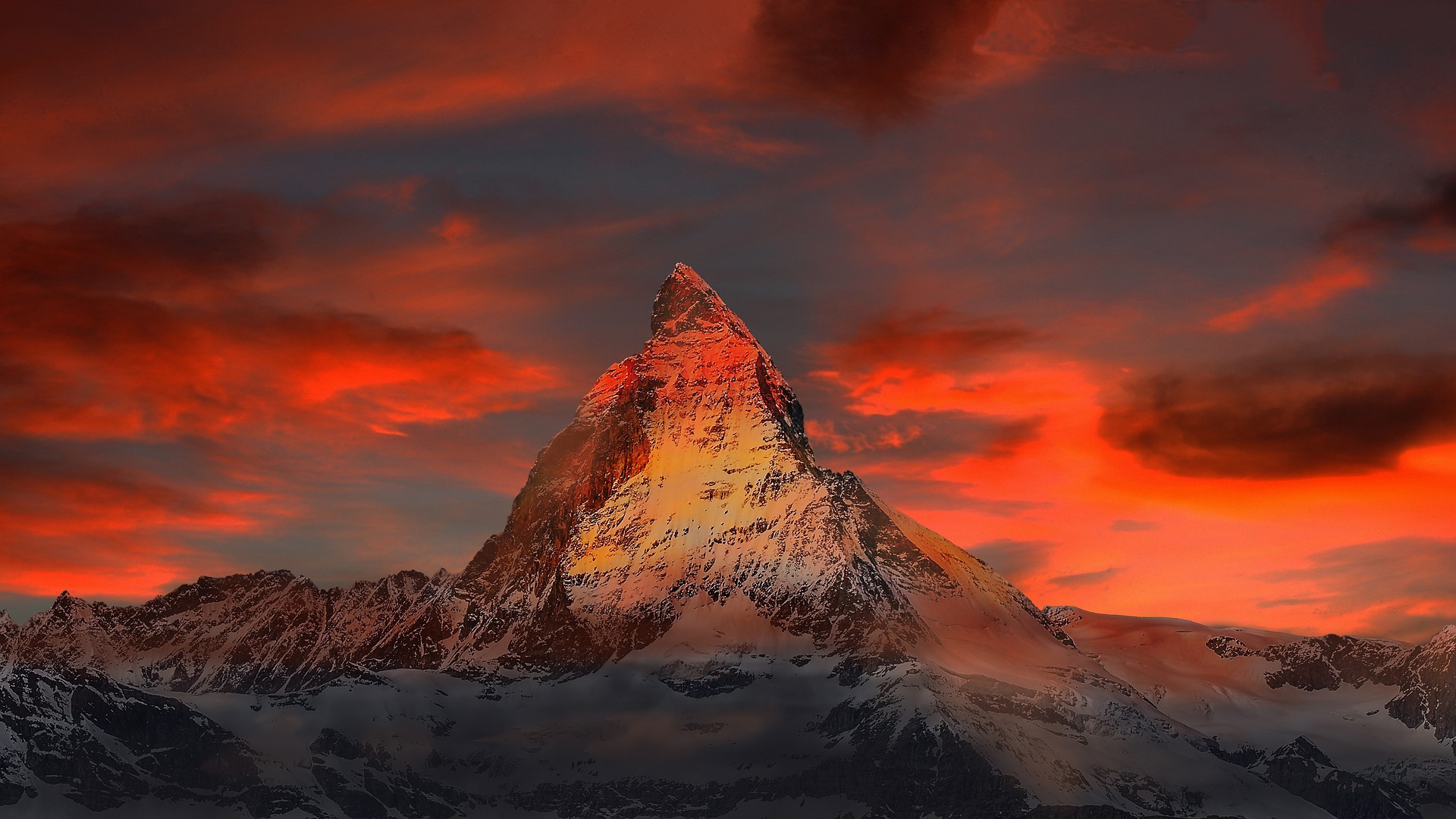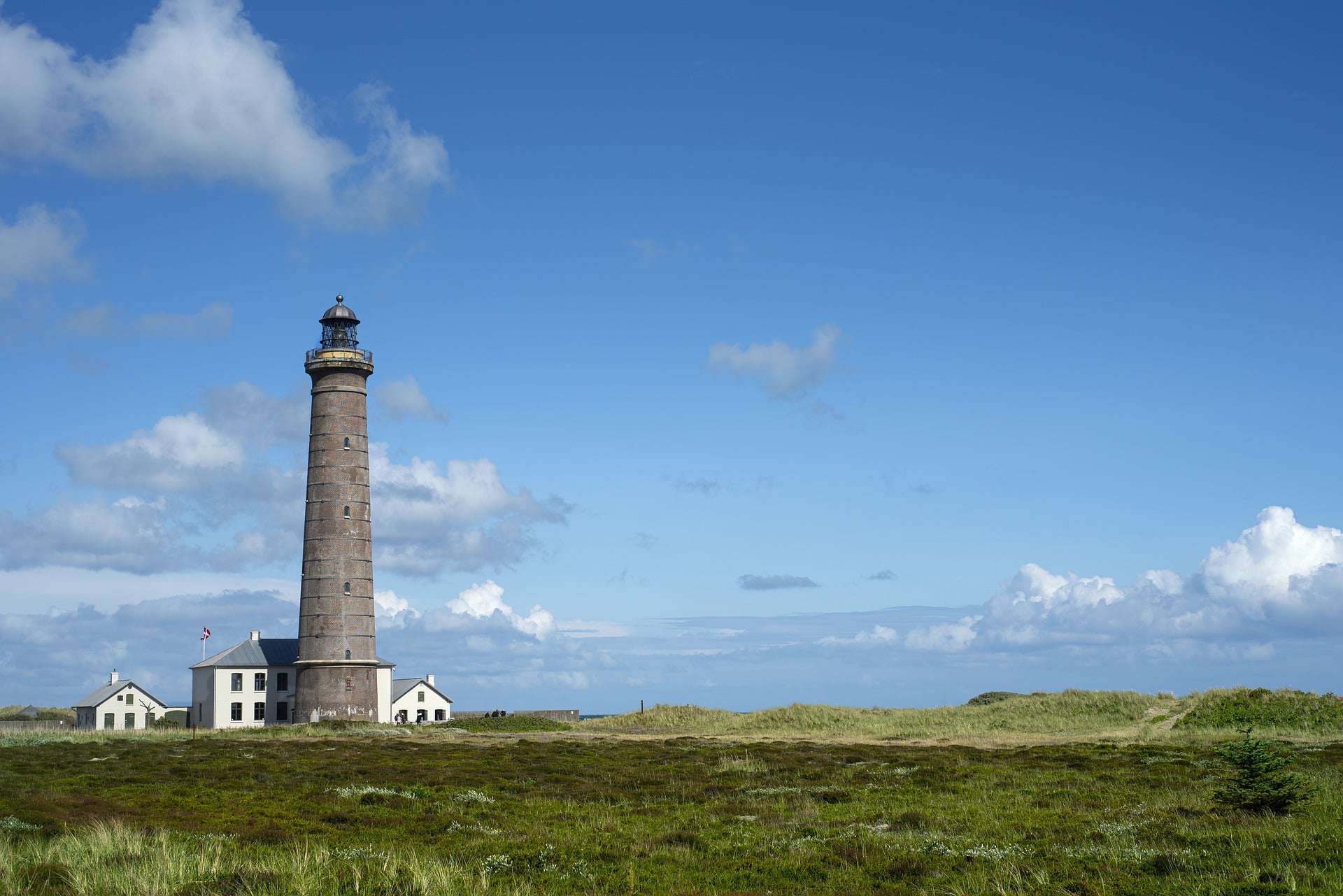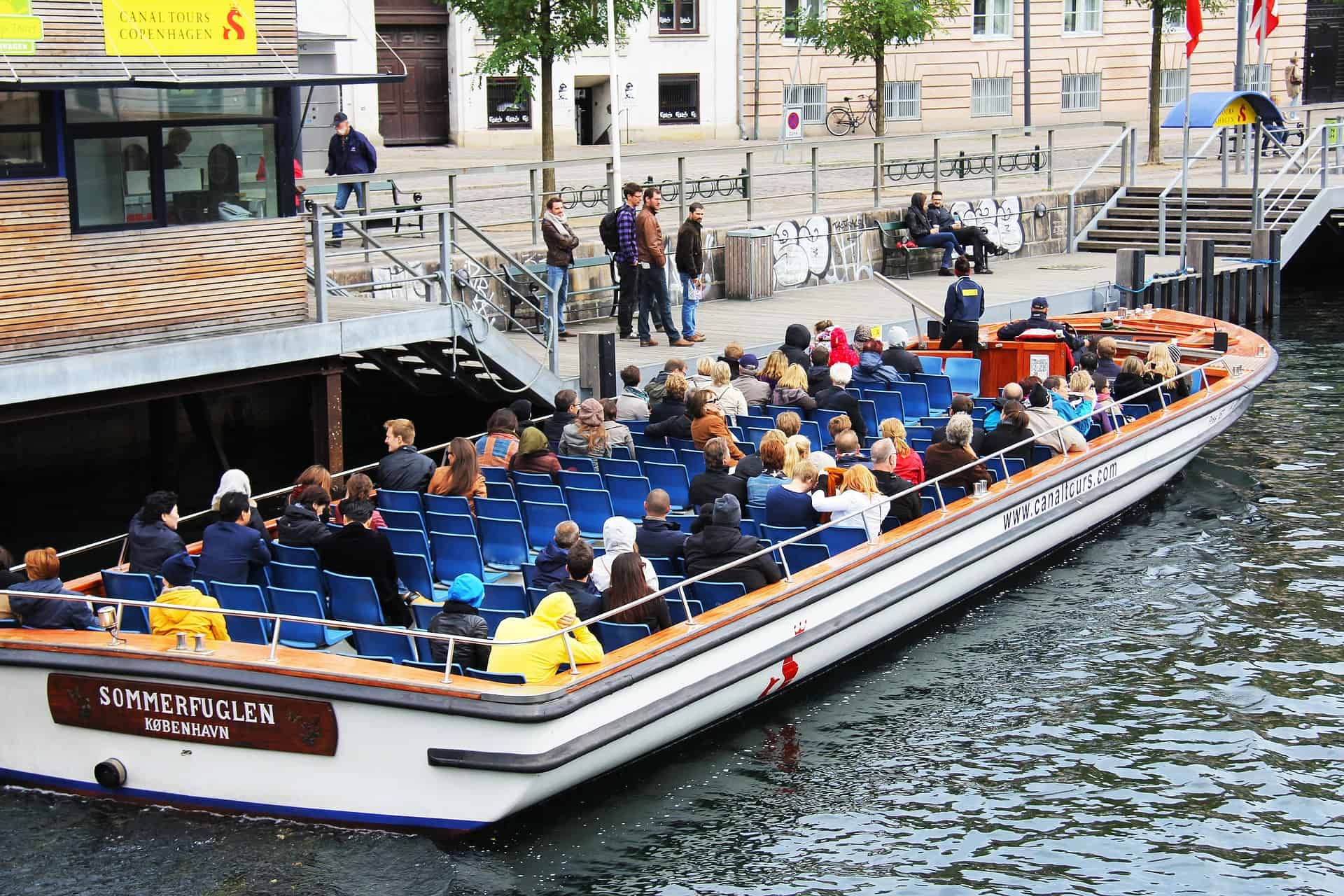For hundreds of years mankind has looked up towards the towering mountains and wished to climb these giants. There are many reasons as to this, from a basic instinct passed down from our ancestors, to the thrill and sport of it all.
And while most people dream of climbing Kilimanjaro or Mount Everest, there are plenty of tall mountains in Europe, just begging to be explored and climbed. So in this article we will cover the 10 highest mountains in Europe, as well as provide a guide for the mountains that can be climbed.
Mont Blanc
This impressive mountain is located in both France and Italy, more precisely in the French Alps, where it reaches 4,810 meters up into the skies. It is also the highest mountain in Europe, and can be climbed by people with the necessary physical fitness and mountaineering skills.
Mont Blanc is a popular mountain for climbing and attracts thousands of visitors each year. However, the mountain is not one to be climbed without serious preparation, and it is important to have the proper knowledge, skills, and experience before attempting it.
Monte Rosa
Monte Rosa is the second highest mountain in Europe, towering 4,634 meters above sea levels.
It is located in the Swiss Alps, where many people wishing to climb the mountain, enjoy the beautiful surroundings, or participate in skiing or snowboarding visit each year.
There are several routes to the summit of Monte Rosa, ranging in difficulty from moderate to very challenging. Most people who climb Monte Rosa do so with the help of a mountain guide, who can provide instruction, support and safety equipment.
Piz Bernina
Piz Bernina is the highest peak in the Eastern Alps and the highest mountain in the canton of Graubünden, Switzerland. It is located in the Bernina Range of the Alps, on the border between Switzerland and Italy.
The mountain has an elevation of 4,049 meters above sea level, and is the most easterly peak in the Alps that is over 4,000 meters high. It is also the highest peak in the Eastern Alps that is entirely within Switzerland.
The mountain is also home to several glaciers, including the Morteratsch Glacier, which is the largest glacier in the Eastern Alps. The mountain is located in the Swiss National Park, which is a protected area that is home to a variety of flora and fauna.
Matterhorn
The Matterhorn is a mountain in the Alps located on the border between Switzerland and Italy. It is one of the highest and most iconic peaks in the Alps, with an elevation of 4,478 meters above sea level. The mountain is part of the Pennine Alps, and is part of the Monte Rosa massif.
The distinct shape of the mountain has also resulted in the Matterhorn becoming a symbol of the Swiss Alps, and it is even featured on the Swiss national flag. It is a popular tourist attraction and is visible from many parts of the surrounding area.
Grossglockner
One of the easiest and tallests mountains to climb in Europe, Grossglocker is with its 3,798 meters above sea level also the highest mountain in Austria, where it is located close to Tyrol.
The area is well known for the gorgeous settings, and also the High Alpine Road which offers some extraordinary driving for those who appreciate a twisting mountain road with spectacular views.
As mentioned, Grossglocker is a mountain that is rated as “not difficult”, meaning it is a great place to explore for beginners and intermediate climbers. The most common time of year to climb is during the summer months, where you can enjoy life to its fullest.
Dufourspitze
At 4,634 meters of elevation, Dufourspitze is the highest peak in Switzerland and the second highest peak in the Monte Rosa massif, after the Dufour Peak. It is located in the Pennine Alps, on the border between Switzerland and Italy.
Dufourspitze is named after Guillaume-Henri Dufour, a Swiss engineer and military officer who played a key role in the creation of the Swiss Confederation. The mountain was first climbed in 1855 by a team of Swiss and British climbers, led by Edward Whymper.
Dom
The Dom is the highest mountain in the Swiss canton of Graubünden and the highest mountain in the Lepontine Alps. It is located in the canton of Valais, near the town of Zermatt.
It is a massive peak with an elevation of 4,545 meters above sea level. The mountain is located in the Swiss National Park and due to the relatively doable climb, it has become a widely popular destination for mountain climbers.
Gunnbjørn Fjeld
While it is one of the shortest on our list, the location itself makes it worth a mention, as many people simply overlook this place altogether. This is because Gunnbjørn Fjeld is located on Greenland, and thus part of Denmark, where you will also have a chance to experience the Northern Lights.
It is part of the Watkins Mountains on the eastern side of Greenland, meaning it is closer to Iceland, than the capital of Greenland, Nuuk. The mountain has an elevation of 3,694 meters, and is located in an extreme climate, meaning it will require serious skills in order to climb it, but many people have already done so with success.
Elbrus
While some might argue that Russia is not part of Europe, we still thought it fitting to include on this list. There are many tall mountains in this part of the continent on the Caucasus mountain range, covering several countries. Other highlights we can mention here are the Ushba and Tetnuldi mountains in Georgia.
Elbrus is raised an impressive 5,642 meters above sea levels, making it the tallest mountain on this list. As mentioned, it is located in Russia, and thus up for debate whether part of Europe or not.
In order to reach the summit, it would require roughly 8-12 days to do so safely. The entire distance of the climb results in you walking more than 60 miles, most of which will be done at lower altitudes.




